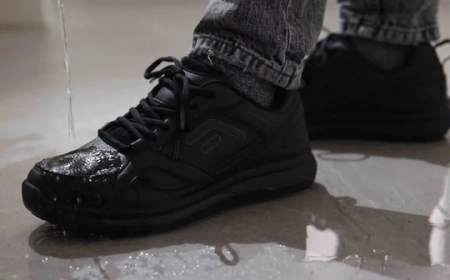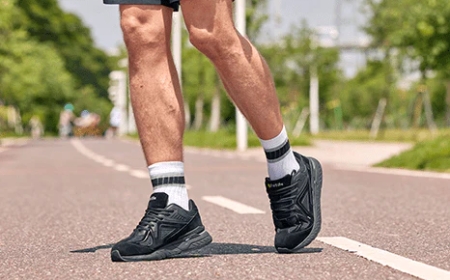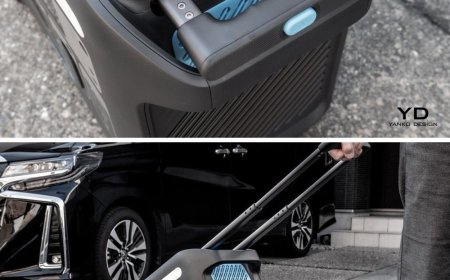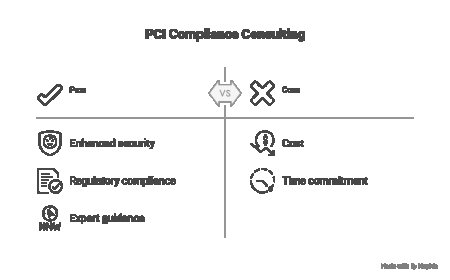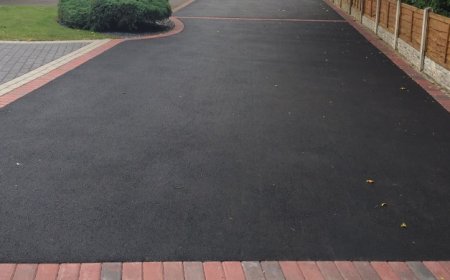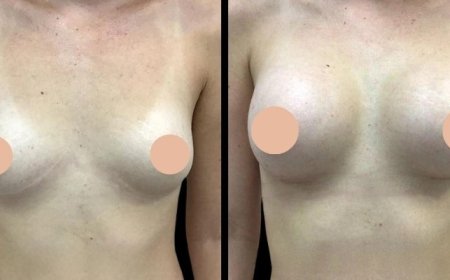Best Diabetic Work Shoes: Support, Safety, and Comfort All Day Long

Living with diabetes means taking extra care of your feet, especially if you spend long hours standing or walking at work. Poor circulation, neuropathy, and the risk of foot ulcers make foot protection a top priority. Thats why investing in the right pair of diabetic work shoes isnt just about comfortits about your health and well-being.
In this guide, well explore what makes a good diabetic work shoe, key features to look for, and top recommendations to help you stay supported and pain-free through every shift.
Why Diabetic Work Shoes Matter
People with diabetes often deal with reduced sensation in their feet (neuropathy), which increases the risk of unnoticed injuries. Even minor foot irritation can turn into serious complications. On-the-job environments add to the challenge: hard floors, long hours of standing, and safety hazards mean your shoes must offer both protection and comfort.
Wearing improper footwear at work can lead to:
-
Blisters or sores that go unnoticed due to nerve damage
-
Increased pressure on the ball of the foot or heel
-
Worsening circulation or swelling
-
Foot fatigue and back pain
Thats why diabetic work shoes are more than just orthopedictheyre designed to reduce pressure points, absorb shock, and fit well without restricting blood flow.
Key Features of Diabetic Work Shoes
When shopping for diabetic-friendly work shoes, look for the following features:
1. Wide and Deep Toe Box
-
Prevents rubbing and crowding of toes
-
Accommodates swelling or foot deformities (bunions, hammertoes)
-
Reduces pressure on sensitive areas
2. Soft, Seam-Free Interior
-
Minimizes friction and irritation
-
Seamless linings help avoid blisters and ulcers
-
Ideal for neuropathy or sensitive skin
3. Adjustable Fit
-
Velcro straps or laces let you customize the snugness
-
Helpful for feet that swell throughout the day
4. Cushioning and Shock Absorption
-
Thick insoles and midsoles protect joints and reduce impact
-
Essential for hard surfaces like concrete or tile
5. Arch and Heel Support
-
Stabilizes gait and improves alignment
-
Relieves strain on arches, ankles, and knees
6. Slip-Resistant Outsole
-
A must for workplaces like hospitals, warehouses, or kitchens
-
Prevents falls and protects your body from injury
7. Removable Insoles
-
Allows for custom orthotics or diabetic inserts
-
Keeps shoes fresh and hygienic
Top Diabetic Work Shoe Recommendations
Here are some trusted shoes designed with working diabetics in mind:
? FitVille EasyTop Wings Diabetic Shoes V2
-
Widths up to 6E for maximum space and comfort
-
Dual Velcro straps for easy on/off
-
Rigid rubber outsole for slip-resistance
-
U-shaped heel cup for extra stability
-
Great for standing or walking all day in healthcare, retail, or education jobs
? Orthofeet Work Shoes
-
Built-in orthotic support
-
Wide toe box and stretchable upper
-
Slip-resistant soles approved for workplace safety
-
Ideal for those with neuropathy or plantar fasciitis
? Dr. Comfort Endurance Plus
-
Athletic styling with durable outsole
-
Extra depth and breathable upper
-
Accommodates custom inserts
-
Suitable for warehouse, delivery, and retail work
? Propet Stability Walker
-
Medicare-approved as a diabetic shoe
-
Lightweight EVA midsole
-
Deep toe box and padded collar
-
Works well for casual or business-casual work environments
Work-Specific Shoe Advice
? For Warehouse & Industrial Jobs:
Look for steel or composite toe diabetic shoes with enhanced shock absorption and puncture-proof soles.
???? For Healthcare Workers:
Choose lightweight, cushioned shoes with slip-resistant soles and washable materials.
? For Restaurant or Kitchen Work:
Go for oil- and slip-resistant soles with secure heel support to reduce the risk of falling.
Tips for Getting the Most Out of Your Diabetic Work Shoes
-
Get professionally fitted: Your feet may swell throughout the day, so try shoes on in the afternoon for best sizing.
-
Replace insoles regularly: Keep them supportive and hygienic.
-
Break them in slowly: Wear new shoes for short periods to avoid irritation.
-
Check your feet daily: Even with good shoes, monitor for signs of blisters, pressure marks, or redness.
Final Thoughts
Your work shoes shouldn't be a source of pain or riskespecially if you're managing diabetes. Diabetic work shoes provide the support, protection, and relief needed to keep you moving safely and comfortably. With the right pair, youll not only get through your shiftyoull thrive through it.
Ready to step into better foot health? Prioritize your needs and invest in diabetic work shoes that are built to protect your feet for the long haul.





